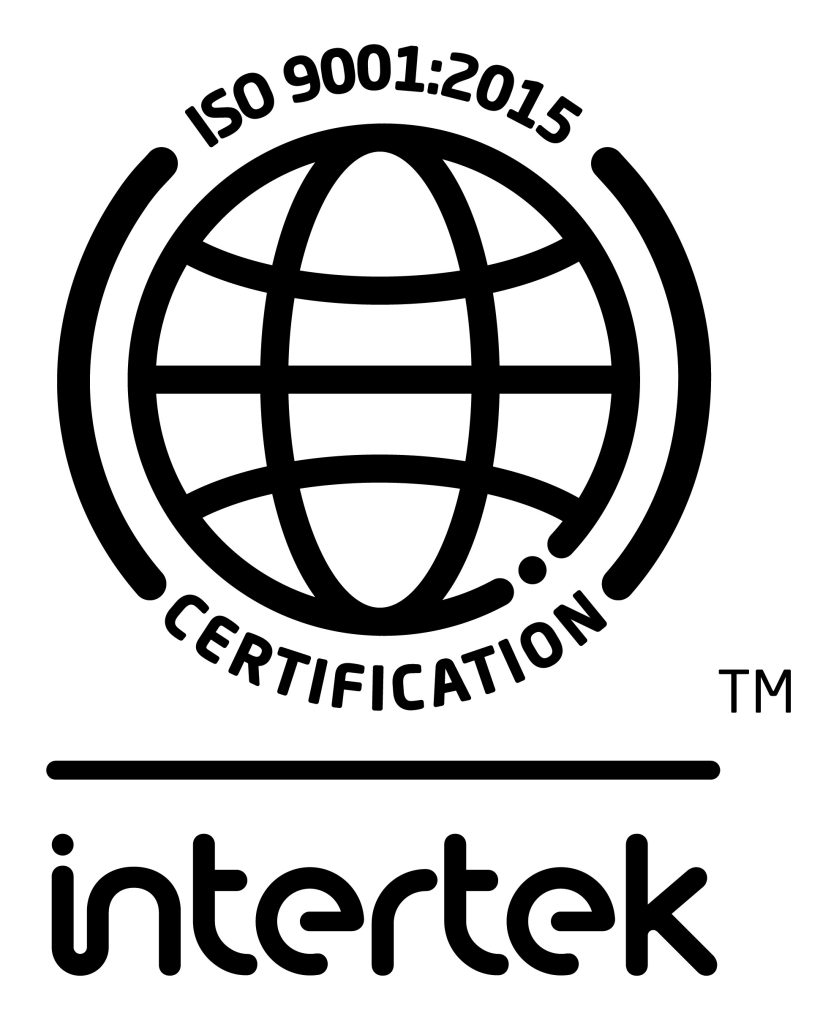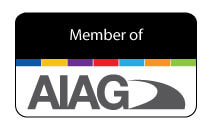The term stainless steel (SS) is used to encompass a wide array of materials with varied physical, chemical, and mechanical properties.
For the design engineer, it is essential to identify the different alloys available, their properties and the equivalent casting grades that correspond to the well-known wrought formulations.
In more detail, stainless steel may be categorized according to its microstructure:
Ferritic:
The main alloying element for these grades is chromium in the range of 10.5-29%. As in all stainless steels, chromium creates a tough passive layer in the surface that protects the metal from further corrosion.
The microstructure of these alloys corresponds to the ferrite (body-centered cubic) configuration.
Due to their low nickel content, these grades are usually cheaper than the nickel-alloyed alternatives below.
Some alloys of this type are AISI 431 and 446 for wrought components and casting equivalents are ASTM A743 CB-30 and CC-50 respectively.
Austenitic:
By far the most common stainless-steel variant, the main alloying elements are chromium and nickel.
The high nickel content on these alloys stabilizes the austenite (face-centered cubic) configuration at all temperatures. Since the microstructure is invariant with temperature, these alloys cannot be strengthened by heat treatment.
Consequently, these alloys have a relatively low yield strength but high corrosion resistance and excellent ductility.
These alloys are identified by the AISI 200 to 300 series, commonly used designations for wrought components are 304 and 316 and their casting equivalents are ASTM A743 CF8 and CF8M.
Castings of these alloys are commonly used for impellers, volute casings, and other food and fluid-handling corrosion-resistance service where high yield strength is not a requirement.
Specialty austenitic grades such as ASTM A297 HK are available for excellent high-temperature mechanical properties.
Martensitic:
These grades are designed to produce a martensitic microstructure after quenching and tempering. This allows for increased strength and hardness, albeit at a loss of corrosion resistance relative to the austenitic family.
Castings of these alloys are commonly used for impellers, vanes and other fluid handling equipment where high-strength and hardness to avoid erosion is required.
Common alloys of this type are AISI 410, 420, S41500 and S17400 for wrought components and their casting equivalents are ASTM A743 CA-15, CA-40, CA-6NM, and CB7Cu1 respectively.
Duplex:
Alloys of these type aim to achieve an approximate 50-50 mixture of ferrite and austenite in order to improve corrosion resistance and strength simultaneously.
A common casting alloy of this type is ASTM A890 CD4MCuN.
In the following blog we will explore the different heat-treating requirements that each of these alloys need to attain their full corrosion resistance and strength.
References:
ASM Metals Handbook Vol 15, ASM International, 9th Edition, 1992
ASTM A743 Standard Specification for Castings, Iron-Chromium, Iron-Chromium-Nickel, Corrosion Resistant, for General Application
ASTM A297 Standard Specification for Steel Castings, Iron-Chromium, and Iron-Chromium-Nickel, Heat Resistant, for General Application
ASTM A890 Standard Specification for Castings, Iron-Chromium-Nickel-Molybdenum Corrosion-Resistant, Duplex (Austenitic/Ferritic) for General Application
Atlas Technical Handbook, ATLAS, 2013



